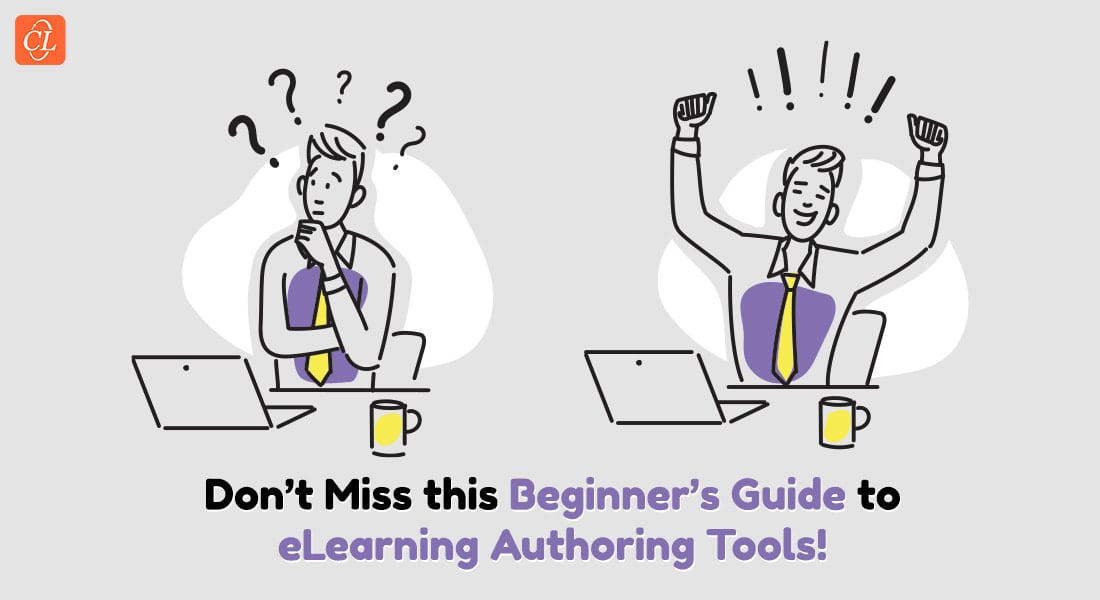A Beginner’s Guide to Convert ILT Material to an E-learning Course
Learn how to convert ILT courses to digital learning programs.

Instructor-led training is an excellent way to convey information across an audience effectively. But for today’s dynamic corporate world, this method is a little too rigid. Today’s workplace largely consists of tech-savvy, fast-moving Millennial employees. This dynamic workplace is always on the move, chasing clients or deadlines; hence the idea of taking a classroom course at a specified time and place just doesn’t suit them. Apart from this, the effectiveness of ILT, for a large part, depends on the abilities and proficiency of the instructor, which leads to inconsistency across locations.
To circumvent these problems, organizations are increasingly turning toward digital training programs. They provide the much needed flexibility and consistency in the arena of corporate training. However, what if you already have a full length ILT program on your hands? You might have spent considerable time and money developing it, and before the onset of the digital revolution, it has served your purpose pretty well. So, instead of simply chucking such an important training asset, it would be best if you convert it to an e-learning course. Let’s see some basic steps you can follow as you begin your conversion process:
Gather and Compile All Study Material
When it comes to instructor-led trainings, almost all of the study material is scattered. Some of it will be in the printed notes that you hand out to employees, some in the PPTs used by the instructor, and much of it in the instructor’s brain. Before you begin your conversion, it is important to gather and compile all this data at one place to ensure your e-learning course turns out to be comprehensive and doesn’t leave anything. It is also recommended that you talk to multiple instructors and subject matter experts to get a 360-degree perspective of the topic at hand.
Analyze your Content
Once all your content is in one place, the next thing you need to do is analyze the content thoroughly. Remember that the digital learning medium is poles apart from an instructor-led course. Hence, things that worked with an instructor in a classroom may not work without one, and vice versa. It will also help you realize the additional things you can include your e-learning course. This analysis will help you flesh out clear learning objectives and pave the way for the actual conversion.
Decide on the ID Strategy and Identify Course Content
As compared to the instructor-led classroom, the digital learning medium has its own set of strengths and weaknesses. Once your learning objectives are in place, you should figure out the best instructional design strategy for the course. For e.g., some ILT sections might be best conveyed through an infographic or the printed notes can be condensed to a few animated videos. Take help of a subject matter expert to figure out which is the best way to convey a topic digitally.
At this stage you will also need to chunk a considerable amount of ‘nice to know’ content that might have suited a classroom, but would prove to be too cluttering for a digital medium. Such content can be provided in the form of links or references as additional material.
Adding interactivity in your e-course is vital for engaging your learners. A high level of interactivity can be achieved in an e-learning course using the right instructional and course design strategies. You can use scenario-based learning to establish a great level of relativity among learners and literally make them part of the learning situation. With game-based learning, you can create a superior interaction and even make dull topics interesting.
Use a Powerful Authoring tool
The key to developing an excellent e-learning course is user-friendliness. Your course should run seamlessly across devices of all screen sizes, operating systems, and browser applications. Animations should be fluid, video playback should happen fluidly, and other technical parameters should be taken care of. All this becomes possible using a powerful and feature-rich rapid authoring tool. A good tool can literally cut your work in half.
Don’t let your old ILT courses languish due to changing times. Take the help of an experienced e-learning vendor, and replenish it for the future generations of your workforce.





